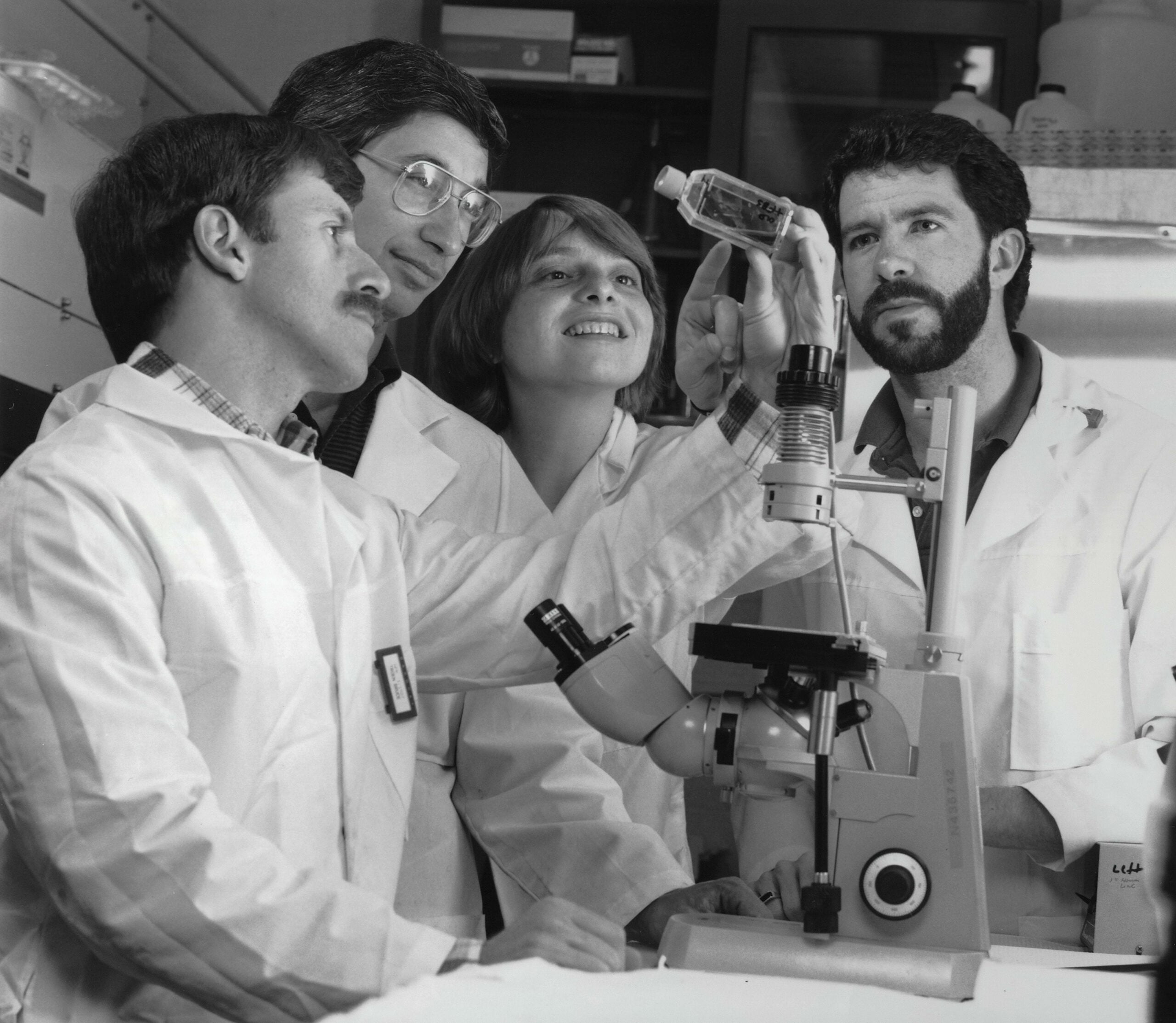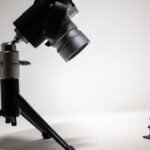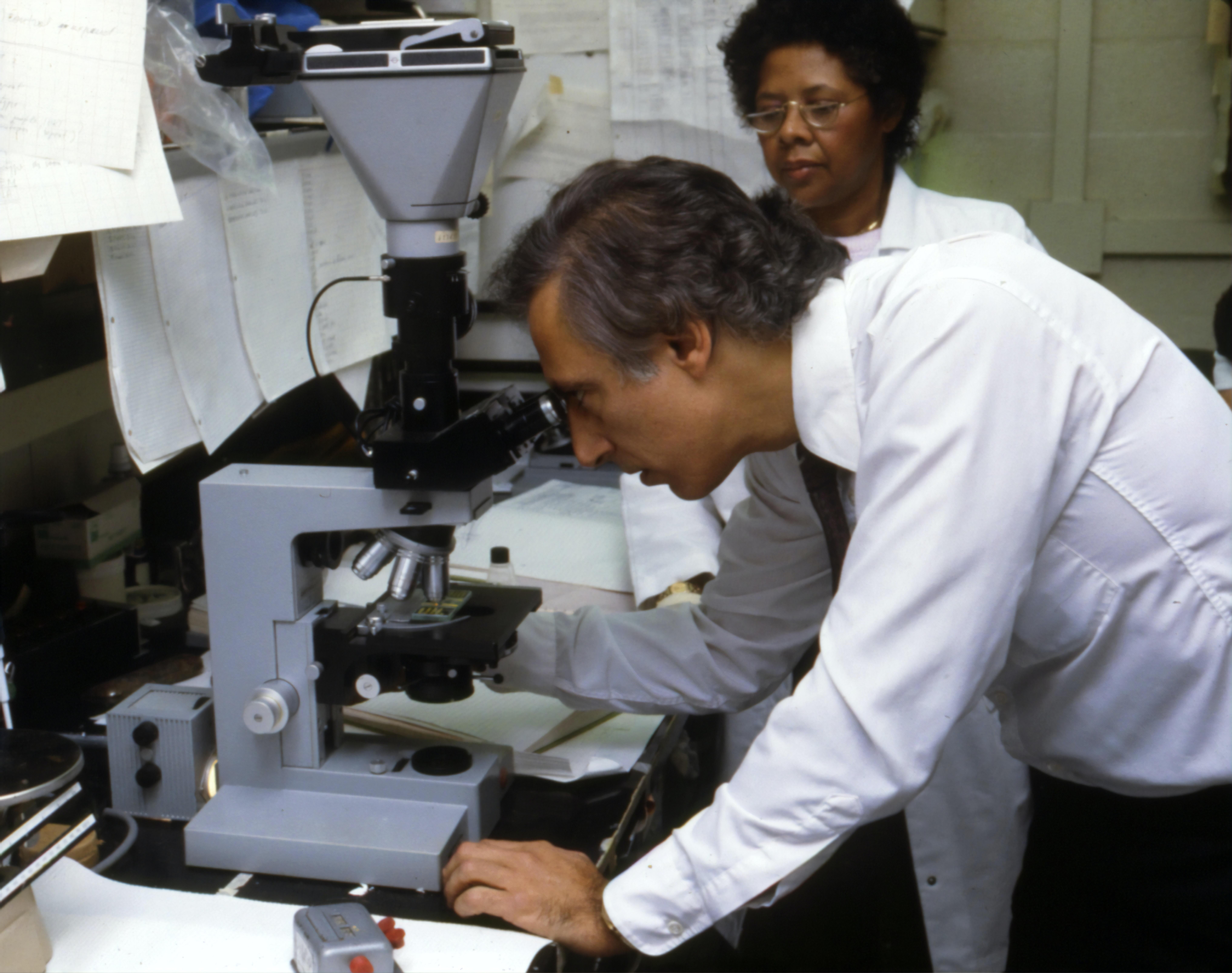Welcome to the mesmerizing world of the compound microscope, where the tiniest of wonders are amplified and brought to life before our eyes. In this article, we embark on a journey of discovery as we unravel the fascinating facts surrounding this invaluable scientific tool. From its remarkable evolution throughout history to its intricate functionality that has shaped the very fabric of scientific exploration, prepare to be captivated by the awe-inspiring secrets that lie within the microscopic realm. So, fasten your seatbelts and get ready to delve into the intriguing world of the compound microscope and the extraordinary facts that it holds.

Facts About the Compound Microscope
The compound microscope is a marvel of optical engineering, enabling us to explore the hidden world of the microscopic with breathtaking clarity and detail. This essential scientific tool has evolved over centuries, revolutionizing scientific discoveries and propelling advancements in various fields. So, let’s embark on a journey to unravel the fascinating facts about the compound microscope and delve into its evolution and functionality.
Evolution of the Compound Microscope:
To truly appreciate the wonders of the compound microscope, we must first understand its humble beginnings. The concept of using multiple lenses to magnify objects dates back to the 13th century when European scholars began experimenting with simple lenses. However, it wasn’t until the 17th century that the compound microscope, as we know it today, took shape.
In 1631, the first compound microscope was portrayed in the Netherlands by an unknown inventor. This remarkable device featured two convex lenses and relied on the phenomena of refraction to produce magnified images. Over the years, various improvements were made, including the introduction of the ocular lens and the development of more powerful objective lenses.
Functionality of the Compound Microscope:
Now that we’ve uncovered the historical context, let’s dive into the inner workings of the compound microscope. This wondrous instrument employs a complex interplay of lenses, mirrors, and light to unlock the hidden details of microscopic specimens. Here’s a breakdown of its key components and functionality:
- Objective Lens and Eyepiece: The compound microscope consists of two primary lenses — the objective lens and the eyepiece. The objective lens is responsible for capturing the image of the specimen, while the eyepiece allows us to view the magnified image. These lenses work in conjunction to provide a more extensive magnification range, typically ranging from 40x to 1000x.
“Through the objective lens and eyepiece, the compound microscope grants us access to a realm invisible to the naked eye, offering a window into the intricate wonders of the microscopic world.”
- Illumination and Diaphragm: Controlling the amount of light falling on the specimen is crucial for obtaining clear and detailed images. This is where the diaphragm comes into play. By adjusting the diaphragm, which serves as a light control mechanism, we can regulate the intensity of the light source and enhance image quality.
“Just as a photographer manipulates light to capture the perfect shot, a scientist harnesses the power of the diaphragm to illuminate the microscopic stage, bringing hidden details into focus.”
- Condenser and Mirrors: The compound microscope utilizes a condenser to focus the light onto the specimen, enhancing image clarity and contrast. By adjusting the position of the condenser—moving it up or down—we can control the amount and direction of light entering the lenses. Additionally, the microscope may feature a reflector with both a plane mirror and a concave mirror, allowing us to manipulate the strength of the light.
“Like a maestro orchestrating the perfect symphony, the condenser and mirrors harmonize to illuminate the microscopic stage, unveiling intricate textures and structures in the tiniest of specimens.”
- Nosepiece and Objective Lenses: Positioned above the stage, the nosepiece holds multiple objective lenses with varying magnification powers. These lenses can be easily rotated into place to achieve different levels of magnification, such as low power, high power, and even oil immersion. Each objective lens unlocks new levels of detail, unraveling the hidden intricacies of the microscopic world.
“With a simple twist of the nosepiece, the compound microscope unveils an entire spectrum of magnification powers, transporting us from a broad overview to the intimate intricacies of the microscopic landscape.”
Unleashing the Wonders of the Microscopic World:
Throughout its existence, the compound microscope has played a pivotal role in countless scientific advancements. Whether in the fields of biology, medicine, forensics, or materials science, this indispensable tool has empowered scientists and researchers to uncover hidden truths and push the boundaries of knowledge.
“The compound microscope stands as a silent guardian of discovery, enabling scientists to journey to the frontier of the unseen. Its infinite potential continues to shape the landscape of scientific exploration across diverse disciplines.”
As we conclude our exploration of the compound microscope’s evolution and functionality, let’s reflect on the profound impact this remarkable instrument has had on human understanding. From its humble origins to its modern-day sophistication, the compound microscope serves as a gateway to the microscopic world—a world teeming with intricate wonders waiting to be unraveled.
“In the depths of the unseen, the compound microscope unveils the smallest facets of existence, offering us a magnified perspective on the incredibly vast and diverse tapestry of life itself.”
Microscopes have long fascinated scientists and researchers with their ability to reveal a hidden world, unseen by the naked eye. If you’re eager to uncover mind-blowing facts about the microscope, just click here for a journey into the mysteries of this incredible invention. Don’t miss out on this opportunity to delve into the fascinating world of microscopy! So, what are you waiting for? Click this link, and prepare to be amazed: facts about the microscope.
Facts About the Compound Microscope
Did you know that compound microscopes have revolutionized the field of scientific research? These powerful instruments provide scientists with the ability to observe minute details of samples, uncovering hidden worlds that are invisible to the naked eye. Want to learn more about compound microscope facts and delve into the fascinating realm of microscopic exploration? Click here to discover incredible insights and delve into the intricacies of the microscopic world: compound microscope facts.
Are you curious about the amazing world that lies beyond our naked eye? Dive into the captivating realm of microscopy and discover mind-blowing facts about microscopes themselves! From the invention of the first microscope to the transformative advancements in microscopy technology, this journey will take you on an enlightening adventure. Uncover the fascinating truth about microscopes by clicking here: facts about microscope.
Ever wondered about the abundance of information that microscopes can provide? Get ready to be amazed as you delve into a treasure trove of microscope facts and information. Explore the vast potential of these powerful tools in the field of science and uncover the limitless possibilities they offer. Discover the incredible world of microscopic details by clicking here: microscope facts and information.
FAQ
What is a compound microscope?
A compound microscope is a scientific tool that utilizes two or more convex lenses to produce a 2-dimensional image. It is commonly used in microbiology and has a magnification range of 40x to 1000x.
What are the different configurations available for compound microscopes?
Compound microscopes can be found in three main configurations: monocular, binocular, and trinocular. The monocular microscope has a single eyepiece to view the image, while the binocular microscope has two eyepieces for a more immersive viewing experience. The trinocular microscope has an additional eyepiece, allowing for simultaneous viewing and image capturing.
What are the main parts of a compound microscope?
The main parts of a compound microscope include the objective lens, the eyepiece, the diaphragm, the condenser, the nosepiece, and the stage. The objective lens is used to view the object, while the eyepiece allows the image to be viewed. The diaphragm controls the amount of light falling on the object, and the condenser focuses the light. The nosepiece holds the objective lenses, which come in different magnification powers, and the stage is where the specimen is placed.
How does a compound microscope overcome the limitations of resolution?
A compound microscope overcomes the limitations of resolution imposed by simple microscopes by using multiple lenses and optical configurations. The combination of lenses allows for higher magnification and improved clarity in the image, enabling the observation of more detailed structures at the microscopic level.
What is the history of the compound microscope?
The compound microscope was first portrayed in 1631 in the Netherlands and has since become an essential tool in scientific research and discovery. It was commonly used in microbiology until the 20th century, playing a crucial role in advancing our understanding of the microscopic world and contributing to various scientific disciplines.
- Georgia Platform: A Southern Strategy, 1850s - March 31, 2025
- How many weeks is 40 days: Quick Conversion Guide for Accurate Results - March 31, 2025
- How many feet is 300 meters? 984 Feet: Understand Length Conversions Easily - March 31, 2025
















